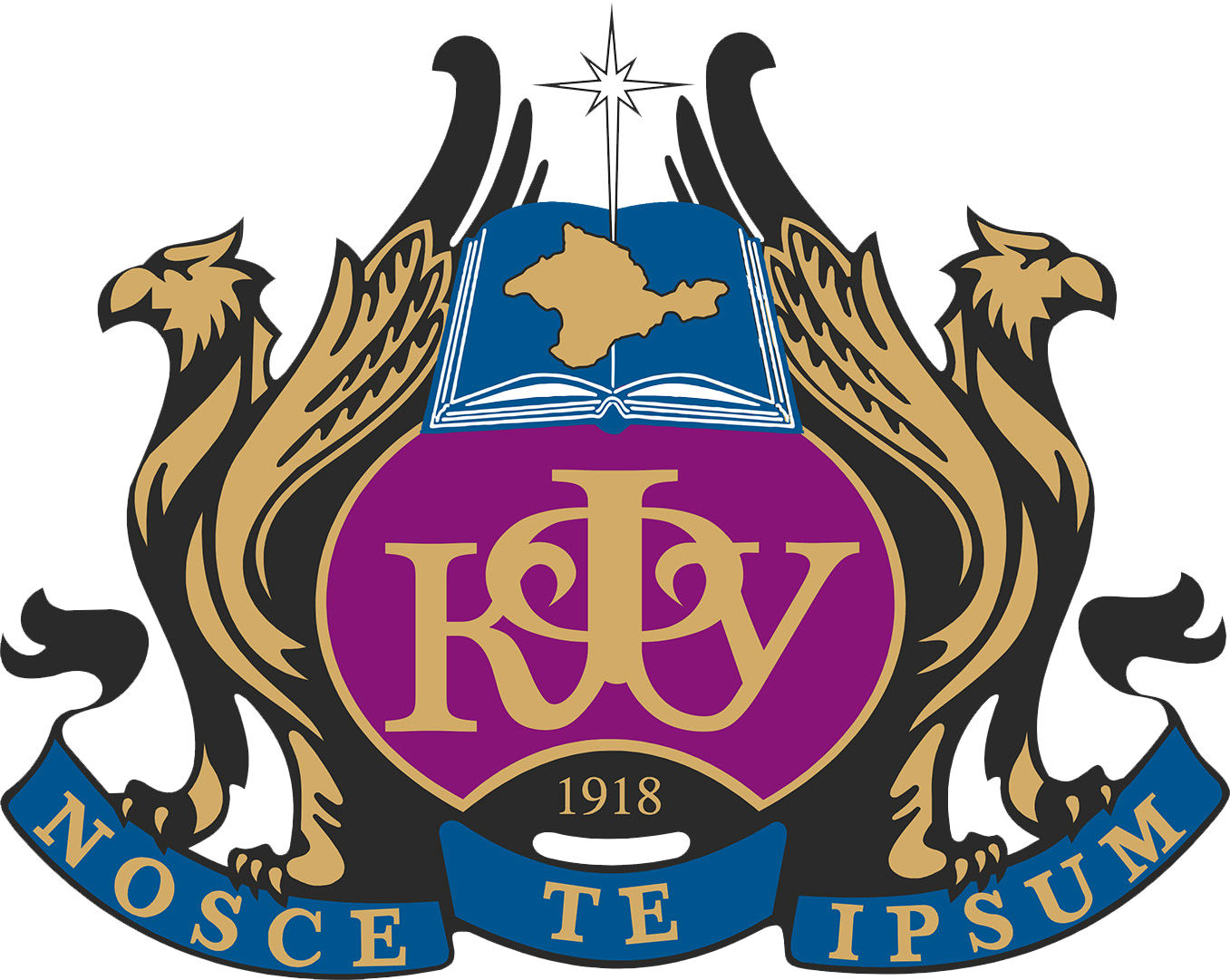This publication is dedicated to the analysis of fluctuations in the population size of the white-fronted goose Anser albifrons (Scopoli, 1769) depending on weather and climatic conditions in winter period in Western Manych. The white-fronted goose is an Arctic species, a part of the West Siberian population of which migrates through the Kuma-Manych Depression. The study was carried out in vicinity of the Veselovsky Reservoir (Western Manych) from 2018 to 2023. Global warming led to an increase in air temperatures in the winter period in the region where the species makes migratory stopovers. Consequently, the duration of the frosty period decreased there. The average winter daily temperature (calendar winters 2018–2023) was 3 °C higher (-0.3 ± 0.1 °C) compared to the average winter temperature in the 20th century (-4.6 °C). The analysis of air temperature data made it possible to identify the alternation of “cold” and “warm” winters. The winter seasons of 2018/2019, 2020/2021 and 2022/2023 were relatively cold with negative average monthly temperatures in December – February, except for December 2022. These winters, however, were, on average, warmer than winters in the 20th century. The reservoir did not freeze completely, and the polynyas remained. The winters of 2019/2020, and 2021/2022 were warm, with positive average monthly temperatures for three months. The snow cover formed for a short time and was shallow, which facilitated geese feeding in the fields. During these winters, the population of white-fronted geese increased compared to the 1980s and 2010–2013. The maximum concentration of 30 000 individuals was recorded in December 2022. In cold winters, the number of individuals in the wintering group did not exceed 200–500 individuals. In contrast, during warm winters, between 1000 and 4000 geese stayed in the area. During most of the winter period, between 2 and 53 % of the migrants observed in early December remained at the reservoir. The study revealed that the warming climate and improved food availability in the Western Manych region in recent years resulted in the longer migratory stopovers of white-fronted geese within the area. It reduced the need for geese to travel long distances and saved them energy.
white-fronted goose, Anser albifrons, abundance, migration stopover, wintering, Western Manych
1. Emel'chenko N. N. Obzor migraciy belolobogo gusya (Anser albifrons) v Zapadnoy Palearktike // Zoologicheskiy zhurnal. – 2009. – T. 88, № 9. – S. 1090–1108.
2. Kazakov B. A., Lomadze N. H. Veselovskoe vodohranilische // Vodno-bolotnye ugod'ya Rossii. Tom 6. – M.:Wetland Int., 2006. – C. 40–50.
3. Kazakov B. A., Lomadze N. H., Goncharov V. T., Petrenko V. F., Kavernichenko N. I. Migracii i zimovki guseobraznyh (Anseriformes) na Veselovskom vodohranilische // Migracii i zimovki ptic Severnogo Kavkaza. Sbornik nauchnyh trudov Teberdinskogo zapovednika. Vyp. 11. – 1990. – S. 135–157.
4. Lebedeva N. V., Lomadze N. H. Zimovka guseobraznyh na Veselovskom vodohranilische (Zapadnyy Manych) v 2010–2013 gg. // Vestnik Yuzhnogo nauchnogo centra RAN. – 2013. – T. 9, № 2. – S. 68–79.
5. Lebedeva N. V. Vliyanie ekstremal'noy zasuhi na chislennost' arkticheskih gusey na migracionnoy ostanovke doline r. Zapadnyy Manycha v 2020/2021 godah // Nauka Yuga Rossii. – 2021. – T. 17, № 4. S. 90–99. DOI:https://doi.org/10.7868/S25000640210410
6. Lebedeva N. V. Eksperimental'nyy podhod i novye tehnologii v sohranenii resursov vodoplavayuschih ptic // Nauka Yuga Rossii. – 2022. – T. 18, № 4. – S. 108–120. – DOI:https://doi.org/10.7868/S25000640220411
7. Panov V. D., Bazelyuk A. A., Lur'e P. M. Reki Zapadnyy i Vostochnyy Manych: gidrografiya i rezhim stoka. – Rostov-na-Donu: Donskoy izdatel'skiy dom, 2009. – 432 s.
8. Panov V. D., Lur'e P. M., Larionov Yu. A. Klimat Rostovskoy oblasti: vchera, segodnya, zavtra. – Rostov-na-Donu: Donskoy izdatel'skiy dom, 2006. – 487 s.
9. Raspisanie pogody. [Elektronnyy resurs]. Rezhim dostupa: http://rp5.com (prosmotreno: 30.09.2023).
10. Cox G.W. Bird migration and global change. – N–Y: Island Press, 2010. – 304 p.
11. Fan Y., Zhou L., Cheng L., Song Y., Xu W. Foraging behavior of the Greater White-fronted Goose (Anser albifrons) wintering at Shengjin Lake: diet shifts and habitat use // Avian Research. – 2020. – Vol. 11, N 1. – P. 1–9. DOI:https://doi.org/10.1186/s40657-020-0189-y
12. Newton I. The migration ecology of birds. – London: Academic Press. Elsevier, 2008. – 984 p.
13. Podhrázský M., Musil P., Musilová Z., Zouhar J., Adam M., Závora J., Hudec K. Central European Greylag Geese Anser anser show a shortening of migration distance and earlier spring arrival over 60 years // Ibis. – 2017. – Vol. 159, N 2. – P. 352–365. DOI:https://doi.org/10.1111/ibi.12440
14. Schmaljohann H., Eikenaar C., Sapir N. Understanding the ecological and evolutionary function of stopover in migrating birds //Biological Reviews. – 2022. – Vol. 97, N 4. – P. 1231–1252. DOI:https://doi.org/10.1111/brv.12839
15. Shimada T., Hatakeyama S., Miyabayashi Y., Kurechi M. Effects of climatic conditions on the northward expansion of the wintering range of the Greater White-fronted Goose in Japan // Ornithological Science. – 2005. – Vol. 4, N 2. – P. 155–159.
16. Xu Y., Kieboom M., Van Lammeren R. J., Si Y., De Boer W. F. Indicators of site loss from a migration network: Anthropogenic factors influence waterfowl movement patterns at stopover sites // Global Ecology and Conservation. – 2021. – Vol. 25. – e01435. DOI:https://doi.org/10.1016/j.gecco.2020.e01435
17. Zhang J., Deng X., Zhao Q., Solovyeva D., Kölzsch A., Bysykatova‐Harmey I., Xu Z., Xie Y., Kruckenberg H., Cao L., Fox A. D. Biogeographical variation in migratory patterns of palearctic breeding Greater White‐fronted Geese // Journal of Biogeography. – 2023. – Vol. 51, N 2. – P. 215–229. DOI:https://doi.org/10.1111/jbi.14742





